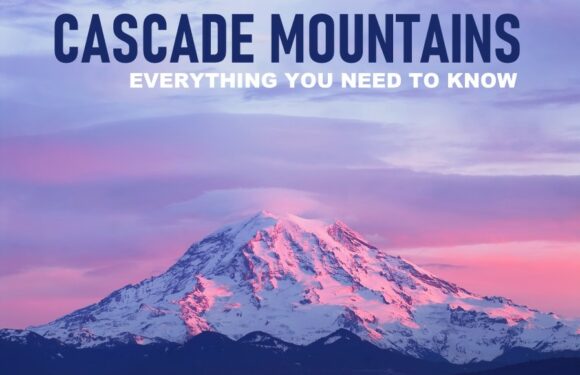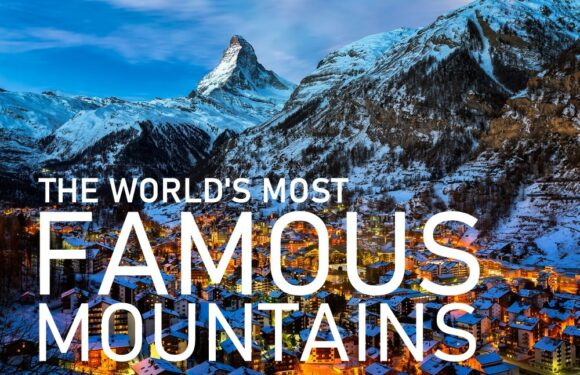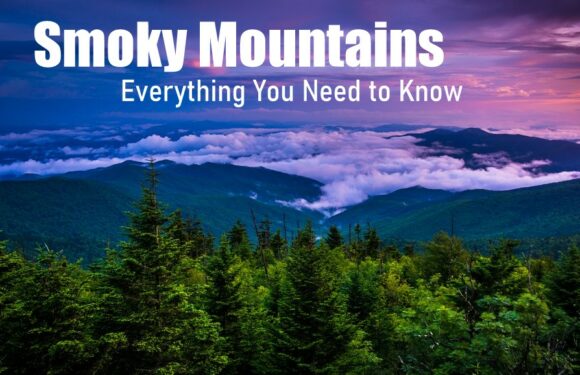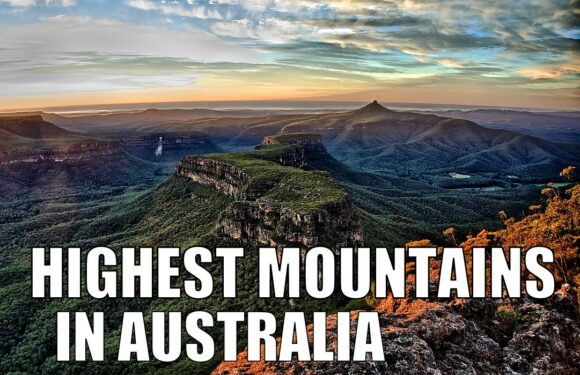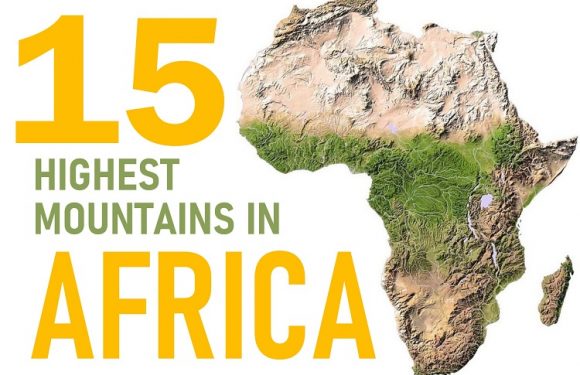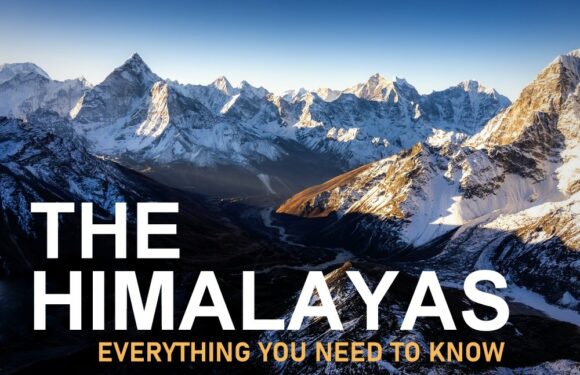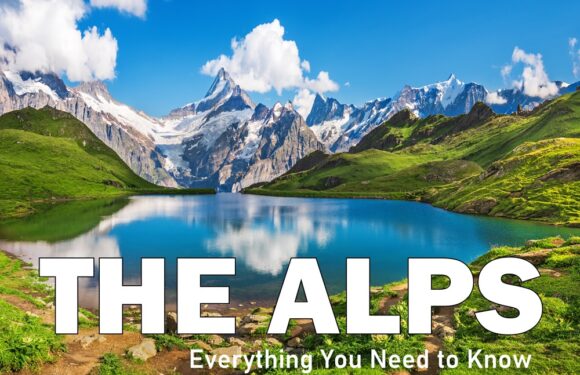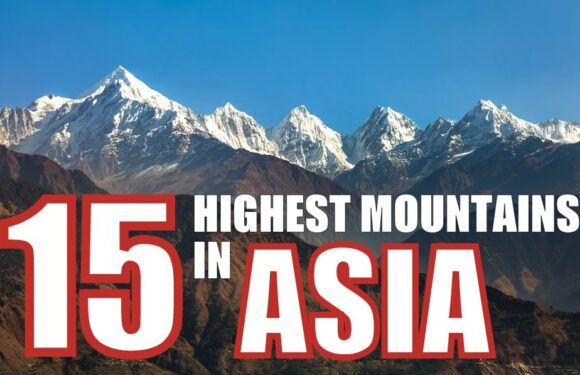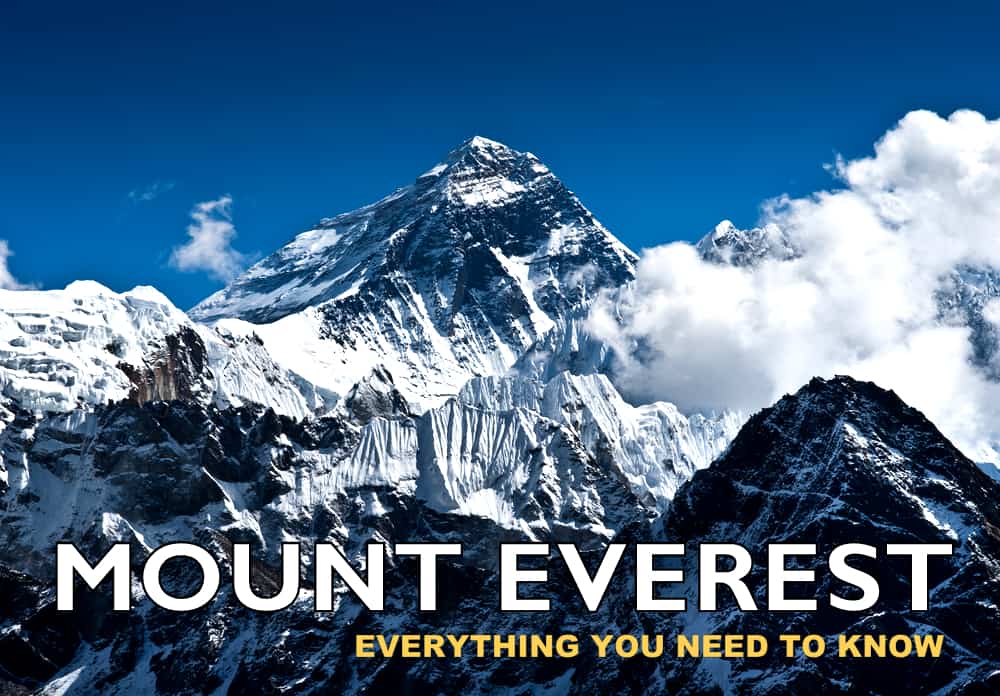
Mount Everest is a name that is synonymous with the ultimate mountaineering challenge. Its heights have fascinated adventurers and scientists alike. As the highest peak on Earth, it carries significant risks. In this article, we will answer the most common questions about Mount Everest, including its deadly nature.
Where is Mount Everest Located?
Mount Everest is prominently located in the Himalayan range of Asia, marking the border between Nepal to the south and the Tibet region of China to the north. It can be climbed from both sides.
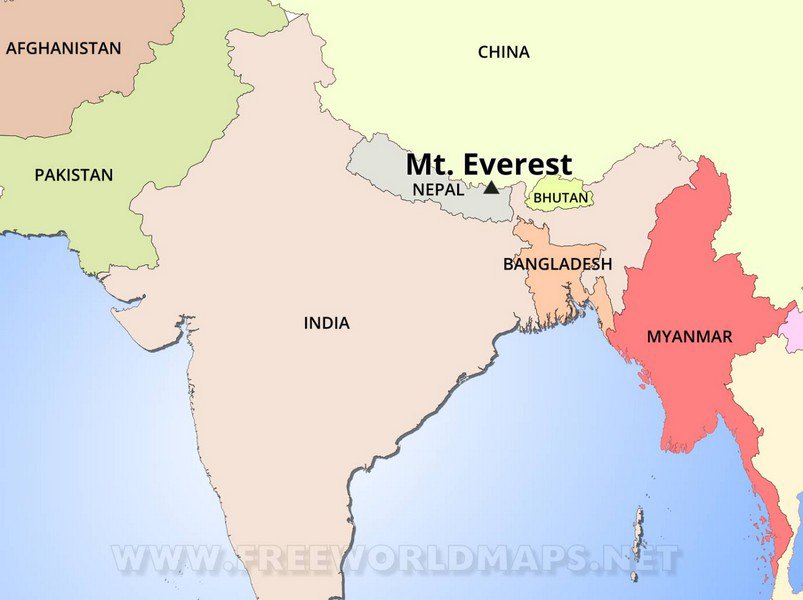
How Was Mount Everest Formed?
Mount Everest was formed approximately 50 million years ago during the collision of the Indian and Eurasian tectonic plates. This colossal force pushed the seabed upwards, creating the Himalayan range and the Tibetan Plateau. Scientists believe that the height of Mount Everest is increasing by 2 inches every year.
How Tall is Mount Everest?
Mount Everest stands at a staggering 29,032 feet (8,849 meters) tall. This figure came about through a collaboration between China and Nepal in 2020. Prior to this, the two countries held a difference in opinion about the mountain’s height. China claimed the peak was 29,017 feet (8,844 meters) while Nepal declared it was 29,028 ft (8,848 meters).
How Long Does it Take to Climb Mount Everest?
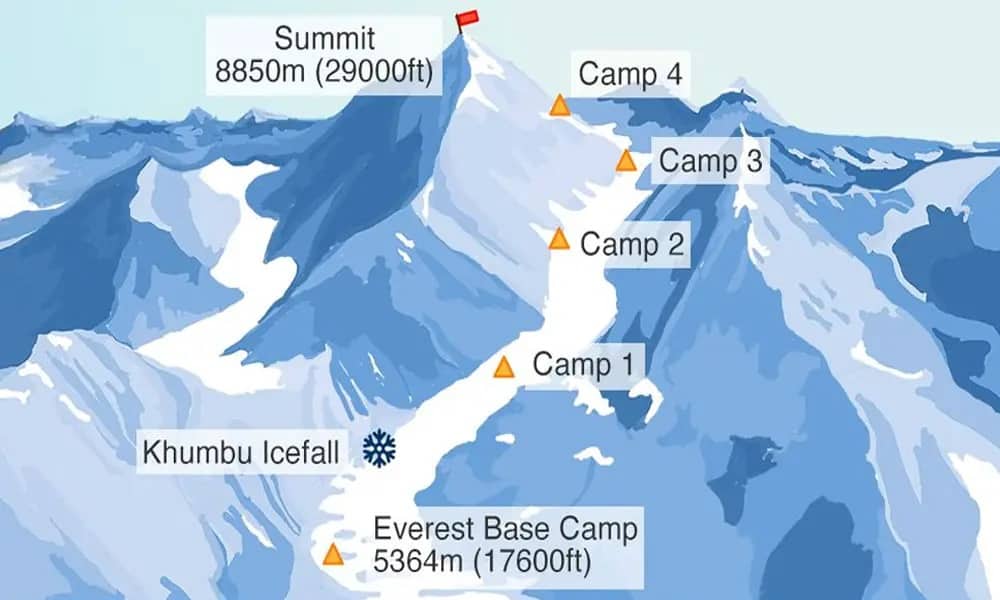
Climbing Mount Everest is a prolonged and arduous journey, typically taking around two months. This duration encompasses the acclimatization process, where climbers spend time at various base camps to adjust to the high altitude.
What Makes Climbing Everest Difficult?
Climbing Everest poses numerous challenges:
- High Altitude and Oxygen Deprivation: The high altitude brings a reduced oxygen level, about one-third of that at sea level, leading to risks of altitude sickness. Elevations above approximately 8,000 meters (26,247 feet) are referred to as the “death zone” because humans cannot sustain life here for more than 48 hours.
- Severe Weather and Climatic Extremes: Climbers face bitterly cold temperatures, often dropping below -30°C (-22°F), along with unpredictable weather patterns and strong winds.
- Technical Climbing and Physical Endurance: The ascent involves navigating steep slopes, ice walls, and crevasses. Physical and mental faculties are severely tested.
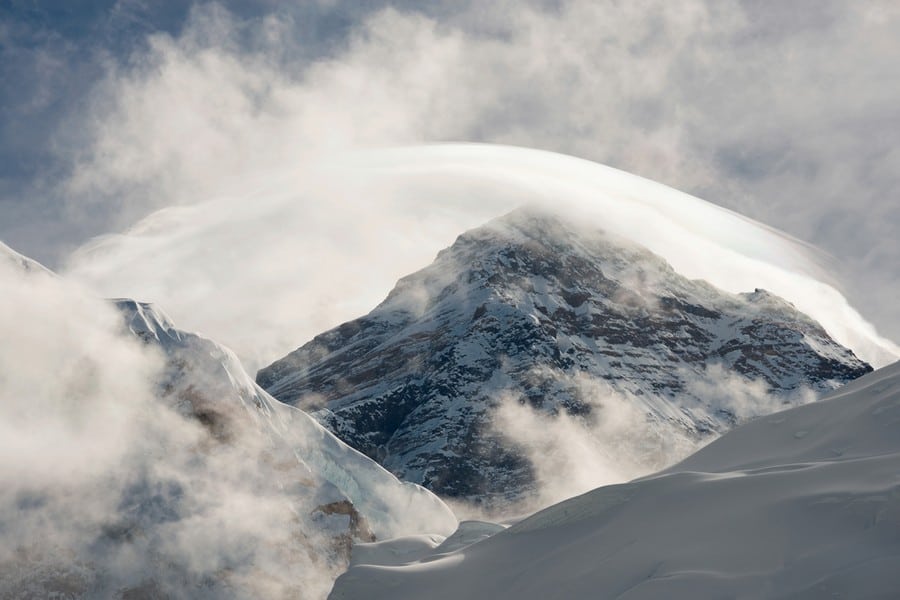
Who are the Sherpa?
The Sherpa are an ethnic group from the Himalayan region they play a big role in Everest climbing expeditions. They serve as guides, porters, and support crew for operators. The Sherpa’s knowledge of the mountain’s terrain and weather, combined with their climbing expertise, and the fixing of the route, makes them invaluable to scaling the peak. They form the backbone of successful summit attempts.
Sherpa have unique physiological adaptations to high altitude. They possess an extraordinary ability to cope with low oxygen levels, a result of generations living at high altitudes. This includes enhanced respiratory systems, efficient use of oxygen, and a higher hemoglobin concentration, allowing them to perform strenuous activities in conditions that would challenge others. These adaptations make Sherpas exceptionally suited for guiding and supporting expeditions in the demanding environment of high mountains like Everest.
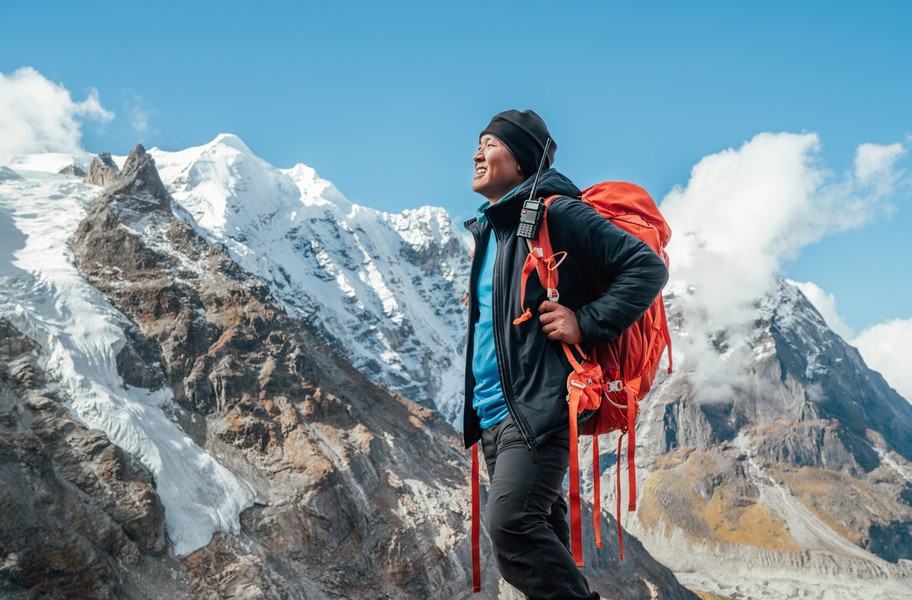
Mount Everest, known as “Chomolungma” in Tibetan and “Sagarmatha” in Nepalese, is more than just a mountain to the Sherpa; it is a sacred entity. It holds deep cultural and spiritual significance, embodying the majesty and spirituality of the Himalayas.
Who Was the First Person to Climb Mount Everest?
The first confirmed ascent of Mount Everest was achieved by Sir Edmund Hillary from New Zealand and Tenzing Norgay, a Sherpa of Nepal, on May 29, 1953.
It is possible that English mountaineers George Mallory and Andrew Irvine reached the summit of Mount Everest during their 1924 expedition. The pair were last seen just 800 vertical feet from the summit, but they never returned. In 1999, an expedition discovered Mallory’s body on the North side of Everest.
How Many People Have Climbed Mount Everest?
As of the latest counts (2024), nearly 7,000 individuals have successfully summited Mount Everest. This number includes a range of climbers, from seasoned professionals to ambitious amateurs, and represents multiple ascents by some individuals.
What is the Success Rate on Mount Everest?
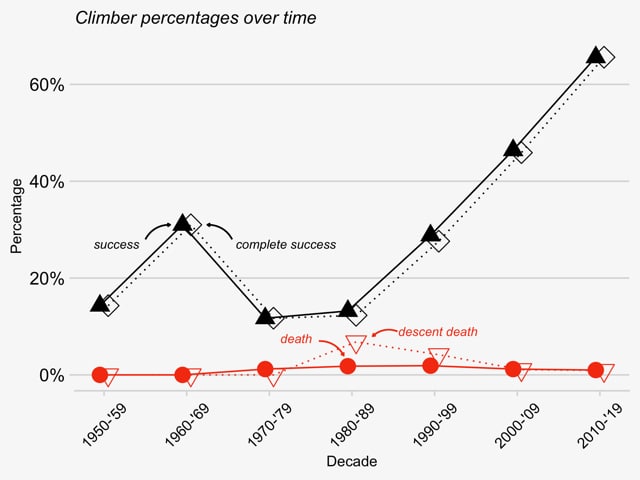
The overall success rate for climbers attempting to summit Mount Everest has significantly increased in recent years. Between 1990 and 2005, the success rate was around 32-33%, while from 2006 to 2019, it rose to approximately 64-68%.
This increase in success rates can be attributed to factors like improved experience and equipment of commercial operators, better use of oxygen, and enhanced weather forecasting. These developments have made summiting Everest more accessible to a wider range of climbers
Can Beginners Climb Mount Everest?
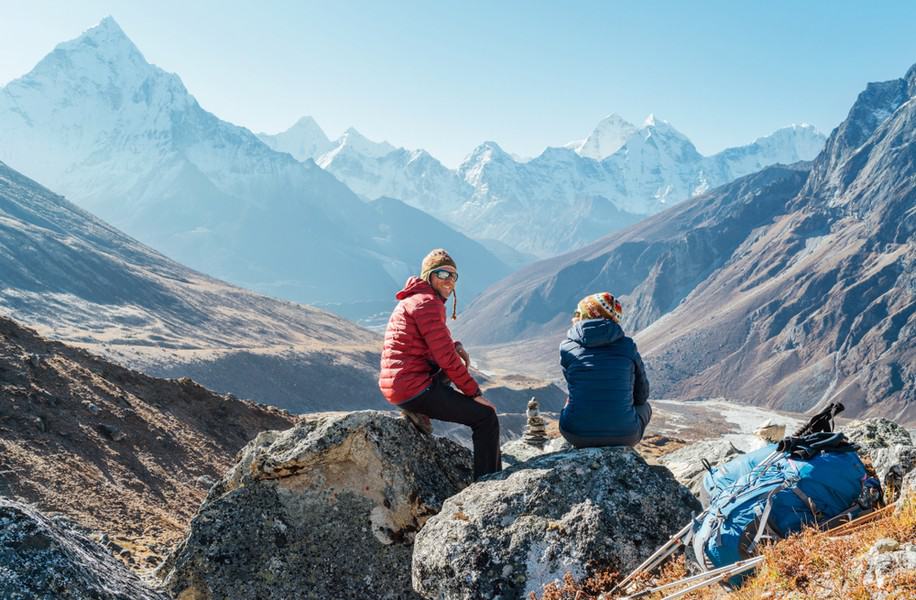
Climbing Mount Everest is not recommended for beginners. It requires a high level of physical fitness, technical climbing skill, and experience in high-altitude mountaineering. Beginners must gain experience using crampons, walking on glaciers, climbing on fixed lines, and ascending lesser peaks (above 7,000 meters) before considering an Everest expedition.
It is interesting to note that today’s success rates are higher than they were 20 to 30 years ago even though they are generally less experienced in climbing tall peaks.
How Do You Train to Climb Mount Everest?
Training for Mount Everest is a multifaceted process. A rigorous and consistent physical training regimen is expected for the best performance, to be in peak physical, emotional, and psychological shape. Regular lower elevation training to handle significant elevation gain with weight is essential but not sufficient on its own.
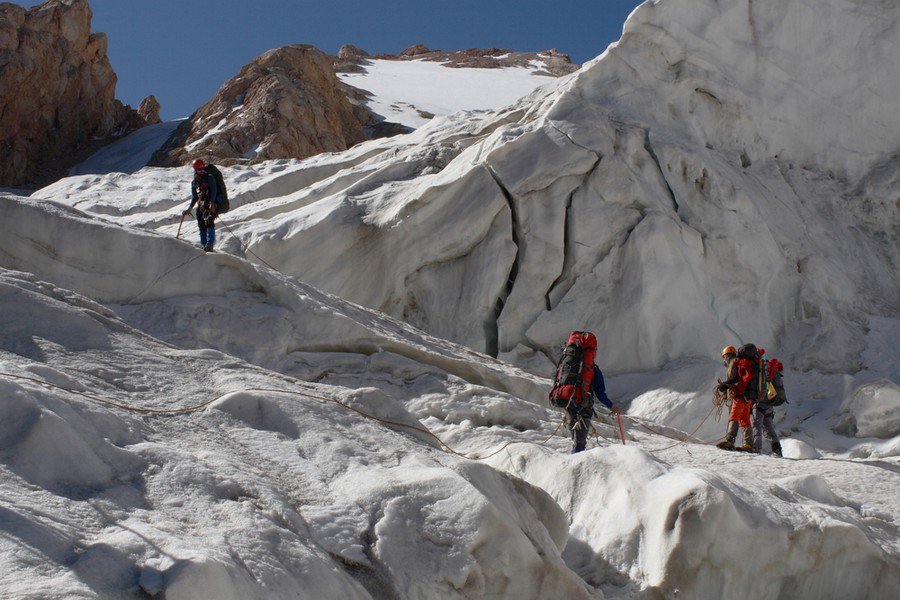
Key physical benchmarks include experiences on trips above 20,000 ft., gaining proficiency with climbing gear and extreme conditions, and developing robust cramponing, rappelling, and fixed-line skills. Building endurance, high-altitude tolerance, and cardiovascular fitness is the goal. Training should be started a year in advance, progressively increasing in intensity over six to nine months.
What is the Weather on Mount Everest?
The weather on Mount Everest is extreme and unpredictable. The summit experiences temperatures well below freezing throughout the year, with the warmest average summit temperature in July just around -19°C (-2°F). The mountain also experiences strong winds, which can exceed 200 km/h (124 mph), making climbing conditions extremely dangerous.
What is the Best Time to Climb Everest?
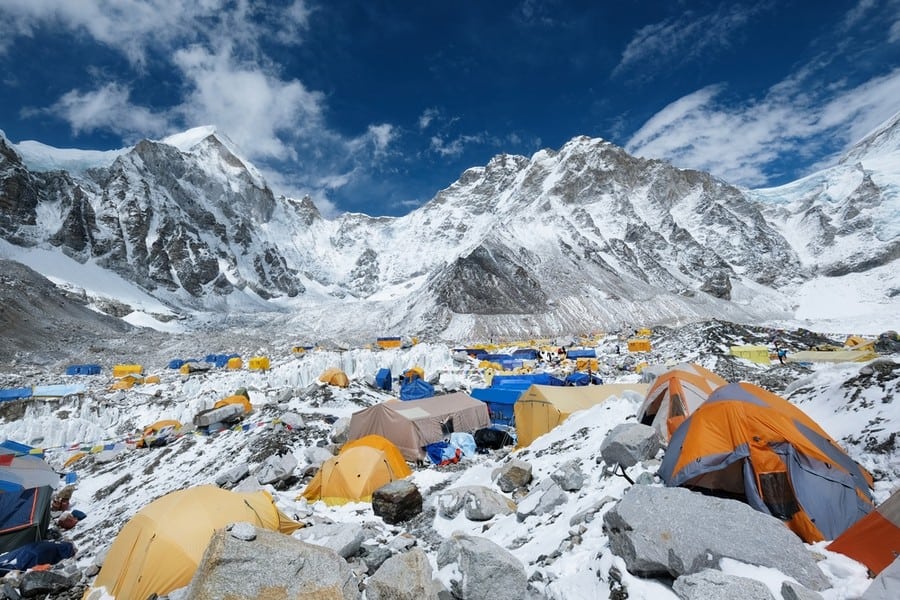
The optimal time to climb Mount Everest is during the pre-monsoon season in late April and May or the post-monsoon season in September and October. These periods offer more stable weather conditions, crucial for a safe and successful ascent.
The pre-monsoon season, particularly May, is often preferred due to slightly warmer temperatures and more settled weather patterns, making it the most popular time for expeditions. However, this also leads to higher traffic on the mountain. The post-monsoon season tends to be colder but with clearer skies and fewer climbers.
How Many Climbing Routes Are on Everest?
Mount Everest offers several climbing routes.
The most popular is the South Col Route from Nepal, known for its relative accessibility and established infrastructure. The North Col Route from Tibet, while less crowded, presents a more challenging and technical climb. Other less frequented routes include the Northeast Ridge and West Ridge.
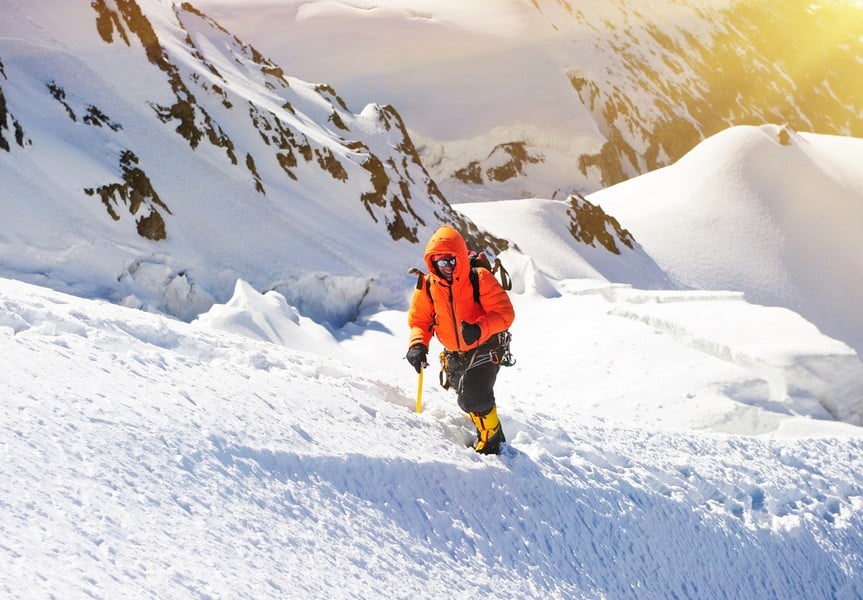
How Much Does it Cost to Climb Mount Everest?
The cost to climb Mount Everest can vary significantly, usually ranging from $30,000 to $85,000 or more. This wide range is due to various factors including the choice of route, the expedition company, the level of support and amenities provided, and additional costs such as permits, gear, travel to and from Nepal, insurance, and potential emergency expenses. High-end expeditions can exceed this range, offering more luxurious accommodations and extensive support.
How Many People Have Died on Everest?
Over 330 fatalities have been recorded on Mount Everest between 1921 and 2023. These deaths are attributed to avalanches, falls, exposure, altitude sickness, and other climbing-related incidents.
The death rate on Everest, while varying by year, is estimated to be around 1%. Overall death rates have declined between 1990–2005 and 2006–2019, though only slightly (1.6% vs. 1.0%). On average, 5-10 people die on Everest every year. See the World’s 15 Most Dangerous Mountains.
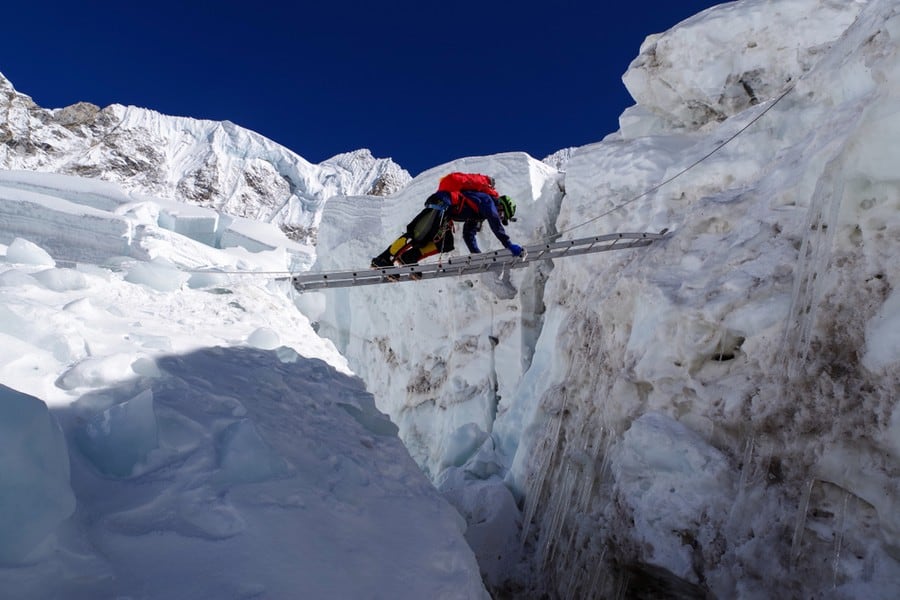
Why Do Climbers Die on Everest?
There are a variety of reasons that people die climbing Everest.
- Harsh Weather Conditions: Everest is notorious for its brutal weather, including high winds and extreme cold. These conditions can lead to frostbite, hypothermia, and sudden weather changes that trap climbers.
- Severe Altitude Sickness: At high altitudes, the reduced oxygen levels can cause many medical conditions including Acute Mountain Sickness (AMS), High Altitude Pulmonary Edema (HAPE), or High Altitude Cerebral Edema (HACE). These conditions can be fatal if not addressed promptly.
- Avalanches and Falls: Avalanches are a common risk on Everest, capable of engulfing entire expeditions. Additionally, falls due to treacherous terrain or equipment failure contribute to the fatality count.
- Overcrowding: In recent years, overcrowding on the climbing routes has become a significant issue. Traffic jams on the mountain can lead to prolonged exposure to harsh conditions, increasing the risk of frostbite, exhaustion, and running out of oxygen.
Why Are Dead Bodies Left on Everest?
Recovery of bodies is both dangerous and impractical. High altitude, severe weather, and treacherous terrain often make it nearly impossible to safely retrieve bodies. Therefore, the effort to bring a body down endangers the lives of the rescue team. As a result, many bodies remain on the mountain, frozen in the place and position where they died.
It is estimated that over 200 bodies remain on Everest. These bodies, preserved by the cold, have become landmarks for climbers. “Green Boots” and “Sleeping Beauty” are two famous bodies on Everest.
How Does Mount Kilimanjaro Compare to Everest?

Mount Kilimanjaro and Mount Everest are both famous mountains known for their towering heights and their Seven Summit status. Kilimanjaro is the tallest mountain in Africa at 19,341 feet (5,895 meters) and Everest is the tallest mountain in Asia (and the world) at 29,029 feet (8,848 meters).
Kilimanjaro is a dormant stratovolcano, unique in that it is not part of any mountain range. Everest is part of the Himalayan range.
Both mountains hold cultural importance in their respective regions. Kilimanjaro is a symbol of natural beauty and is a source of national pride in Tanzania. Everest is deeply embedded in the spiritual life of the local communities in Nepal and Tibet.
The challenge posed by each mountain attracts thousands of climbers each year. Everest is infamous for its dangerous conditions, particularly in the “death zone”. Kilimanjaro offers a different type of challenge; it does not require technical climbing skills. It is known as a “walk up” mountain, making it more accessible to a wide range of hikers, including complete novices. However, Kilimanjaro still presents a significant test as it exposes trekkers to the risk of altitude sickness.
It takes far less time to climb Kilimanjaro than Everest. The main routes on Kilimanjaro vary from 5 to 9 days total. Everest demands a more extended expedition, often lasting several weeks and requiring climbers to acclimatize at progressively higher camps.
Interested in climbing Kilimanjaro? Start here.




















































